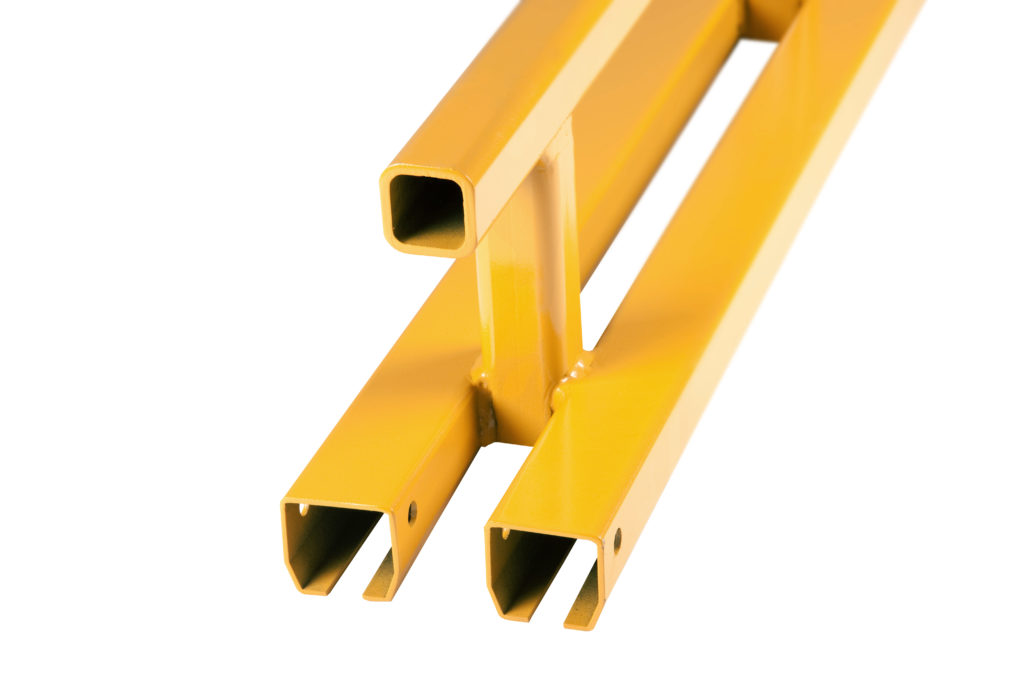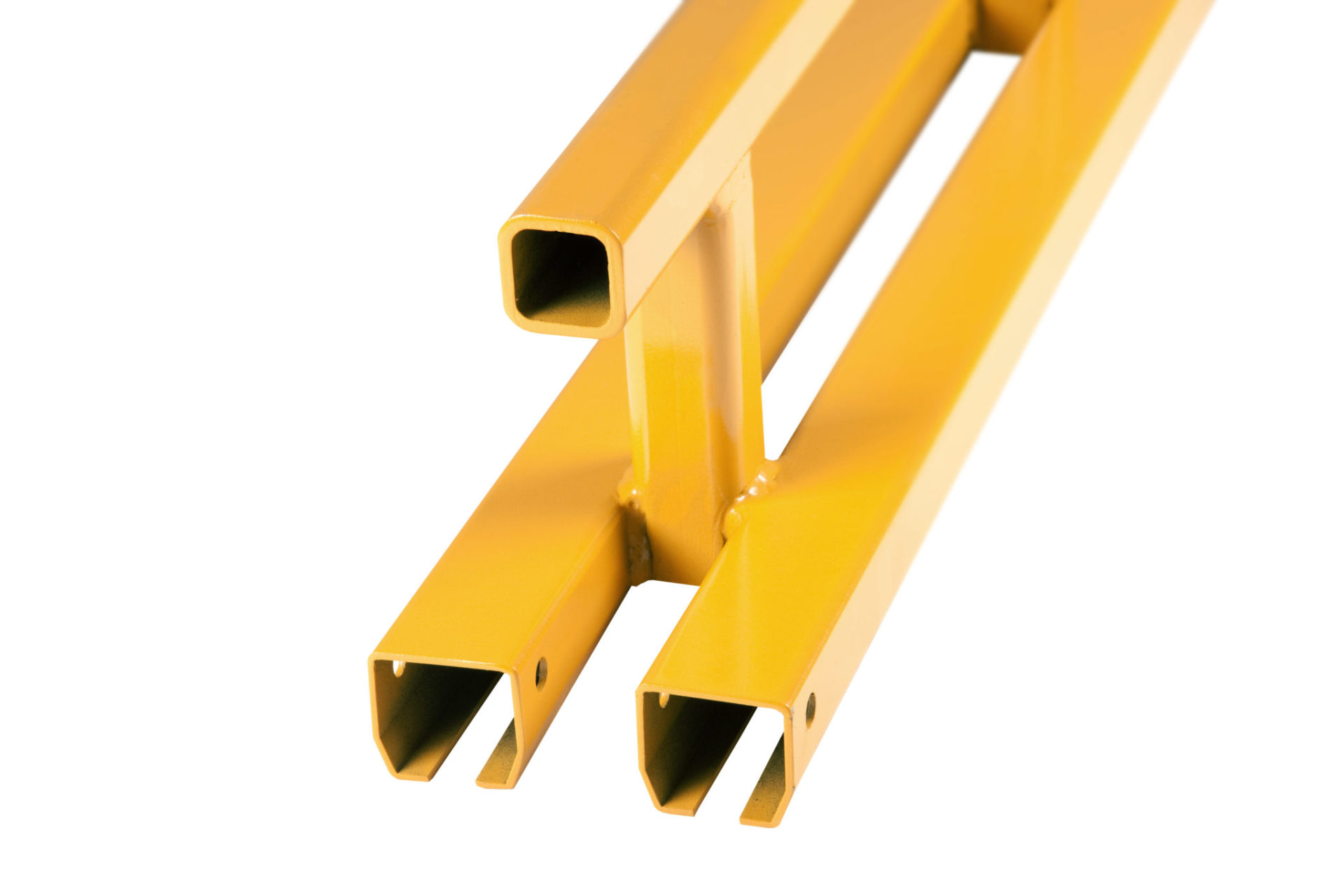
Roll-Formed Enclosed Track vs. Welded Enclosed Track
Oct 9, 2019
Many overhead material handling systems use enclosed track for crane bridges, runways, or monorails. Enclosed track offers numerous benefits over other types of crane track, which you can read about in our blogs discussing enclosed track versus patented track and enclosed track versus I-beam track. However, not all enclosed track is the same.
Some of the most common types of enclosed track used for material handling systems include roll formed enclosed track and welded enclosed track. Each type of enclosed track offers different benefits and different drawbacks.
The Processes
Roll forming is a fabrication process that creates shaped material components through continuous bending. This process is typically used to form steel and aluminum, and long pieces of material pass through a series of rollers that bend it in small increments. When the material exits the final stage, it is bent from its original flat shape into the desired profile. This process can be used to create complex shapes out of a single piece of metal.
Welding is used extensively in many different manufacturing fields and applications. Welding uses extremely high temperatures to melt small points of contact on two pieces of metal to form a joint. When the joint cools, the two pieces of metal are fused together into a single piece. Depending on the configuration and quality of the weld, the welded joint can often be as strong or stronger than the original material. However, a lower quality weld can cause the joint to be weaker than the surrounding material.
Comparison
Roll forming is a relatively fast and efficient way to produce high volumes of components with precise tolerances. Roll forming can also produce enclosed track with a higher degree of uniformity than welded track because each segment is made with the same process without room for deviation or human error.
The precision and uniformity allowed by roll forming ensures that hoist trolleys or bridge end trucks can travel through the enclosed track without concern for misalignment. Roll formed components also have no joints, and they are less likely to have weak points than welded components. Roll forming can be more expensive, and it requires high-volume production to be cost-effective.
The process of creating welded track typically uses roll forming as well; welded enclosed track is typically made from two roll formed segments that are welded together to create the enclosed profile. The two segments are welded lengthwise to form each side of the complete track. Welded enclosed track is produced with a high degree of precision and may be machine welded to achieve even greater precision. However, because there are more parts involved, the possibility of defects or misalignment is greater than that of roll formed track.
Welded track is also limited to shorter length sections than roll formed track. A single section of roll formed track can reach spans over 40 feet, while welded track is often limited to roughly half that length. With longer sections of enclosed track available, roll forming reduces the need for additional labor or track splices.
Welded track may be less expensive than roll formed track in some cases, especially in low-volume productions. However, because roll forming allows large batches of a single component to be made continuously, bulk production can reduce the cost difference to a negligible level. When produced in large quantities as longer sections, roll formed track remains competitive to welded track for consumer purchases.
At Spanco, all of our workstation bridge, runway, and monorail sections are made from cold-formed steel or rolled aluminum. The high-strength, low-weight track allows increased spans and requires fewer supports than other types of track. The smooth rolled surface also provides low resistance to the bridge end trucks and trolleys and requires minimal force to move. Our use of rolled enclosed track allows us to provide the highest-quality material handling systems on the market today.
Categories
Share this post
Contact us
Looking for the perfect fall protection equipment? Let us help!
